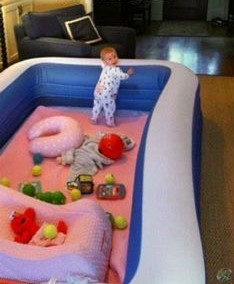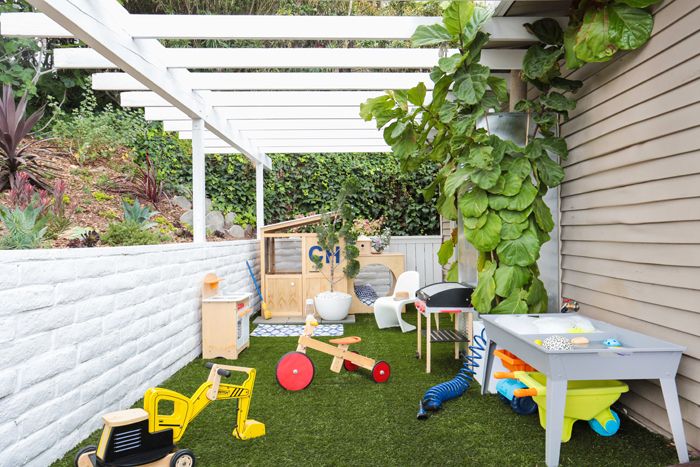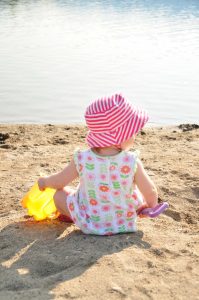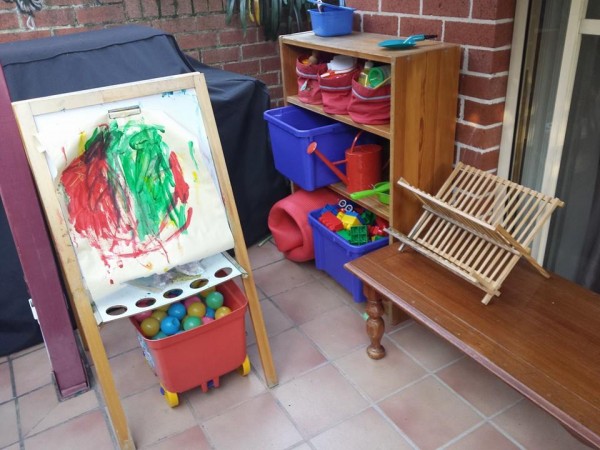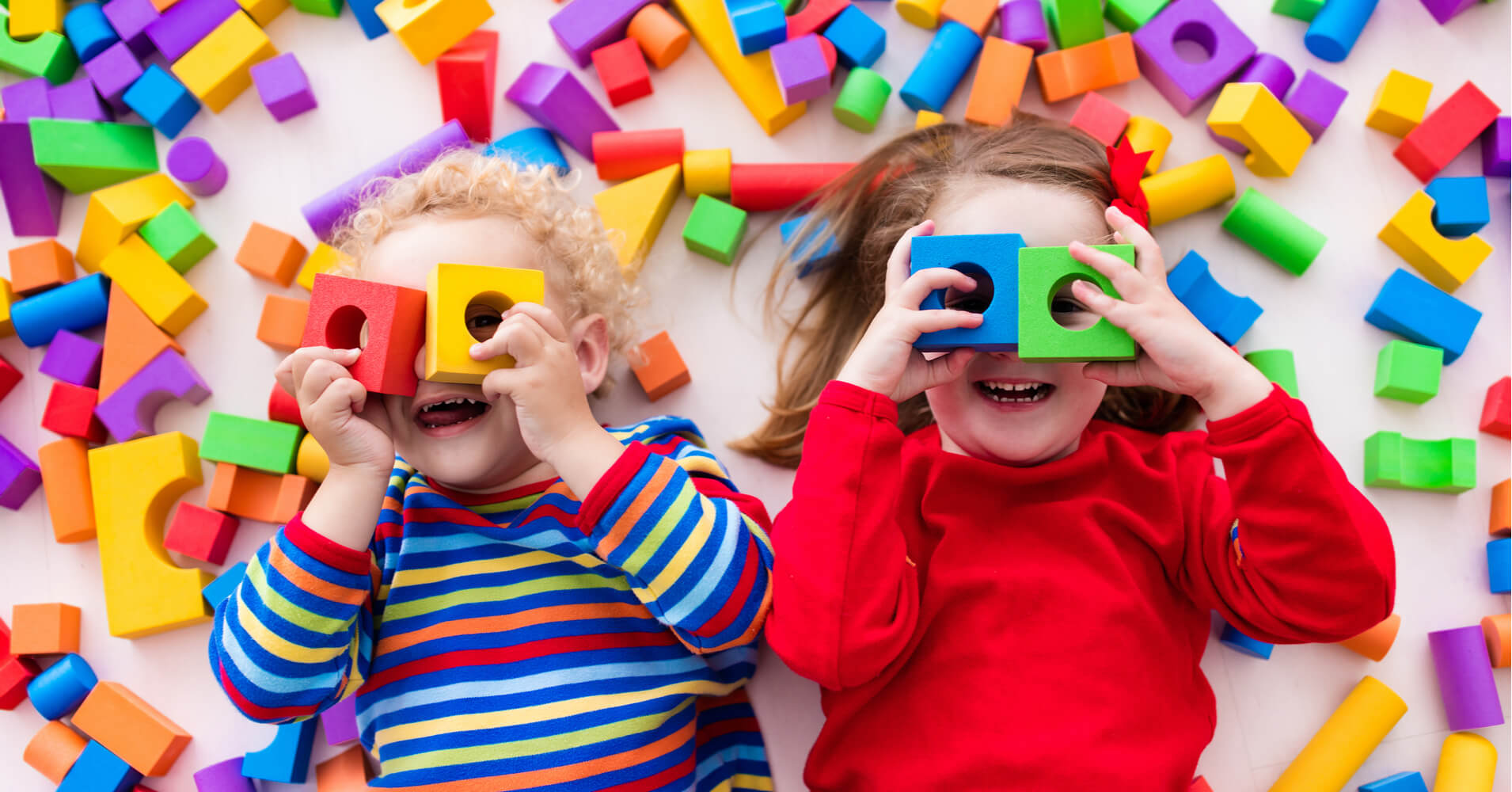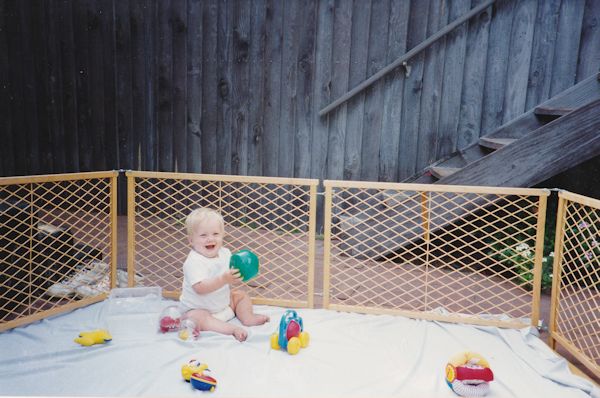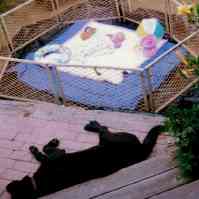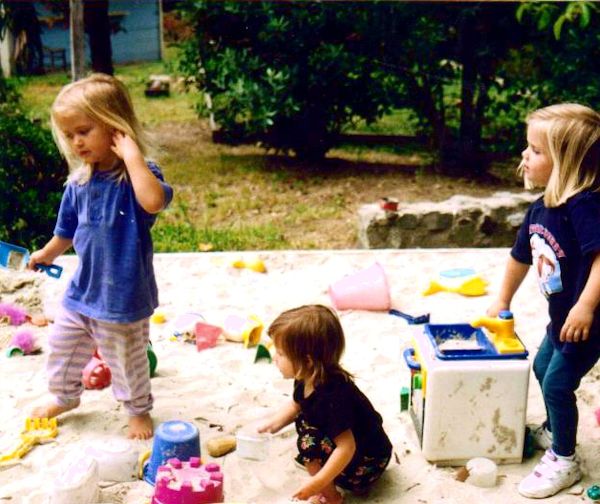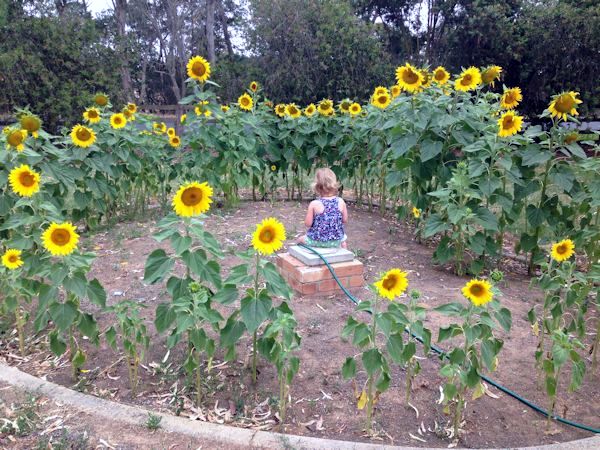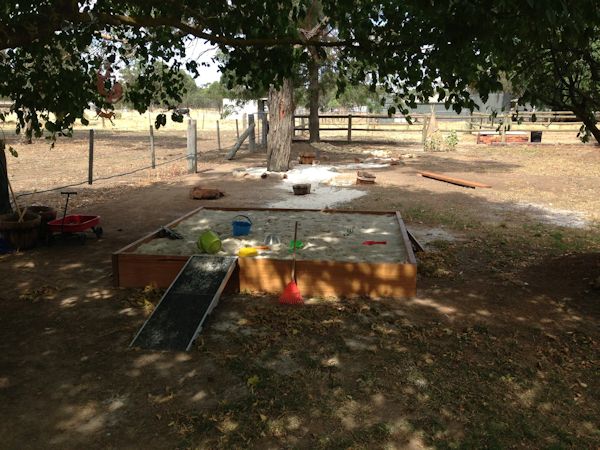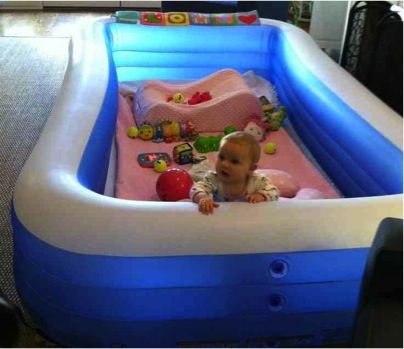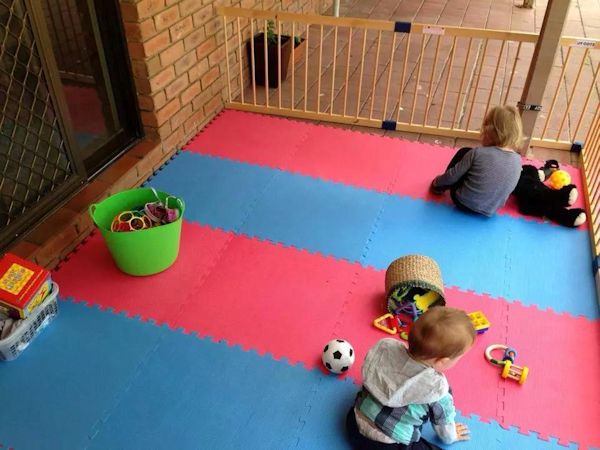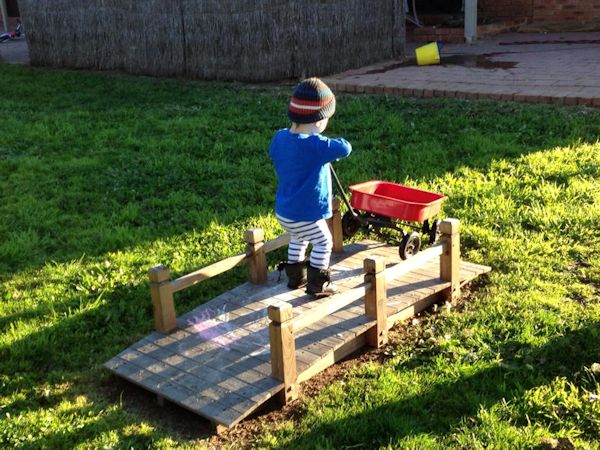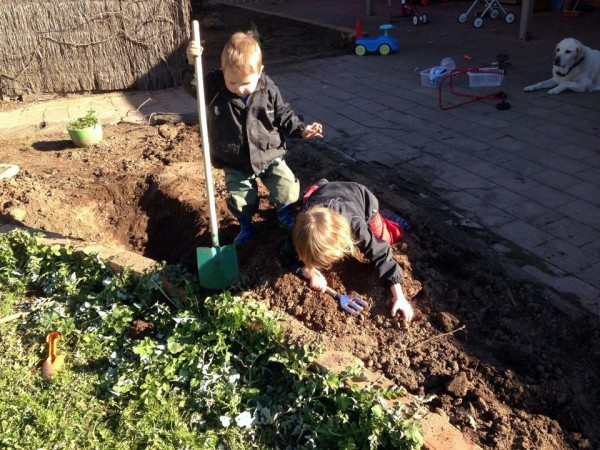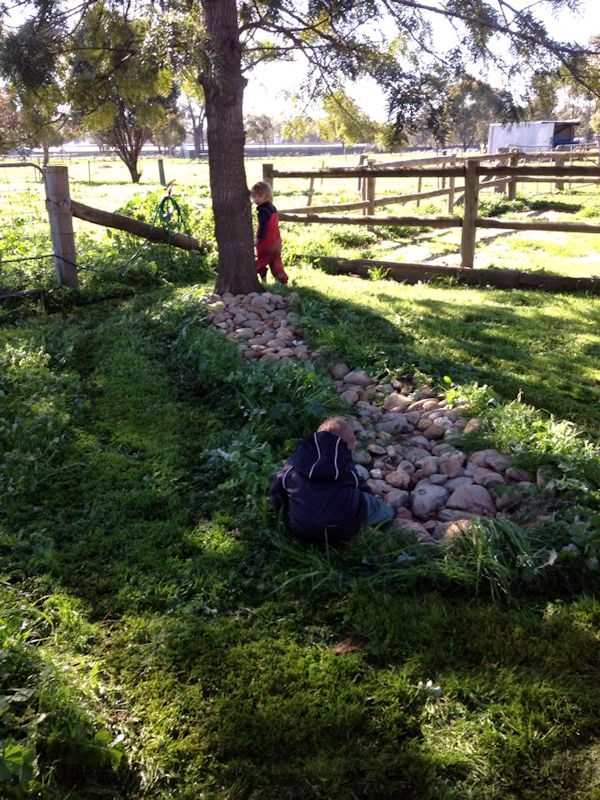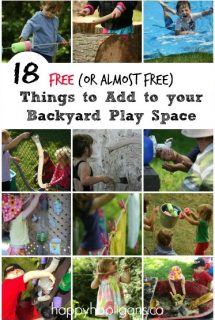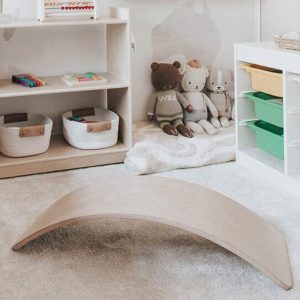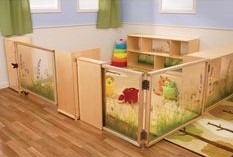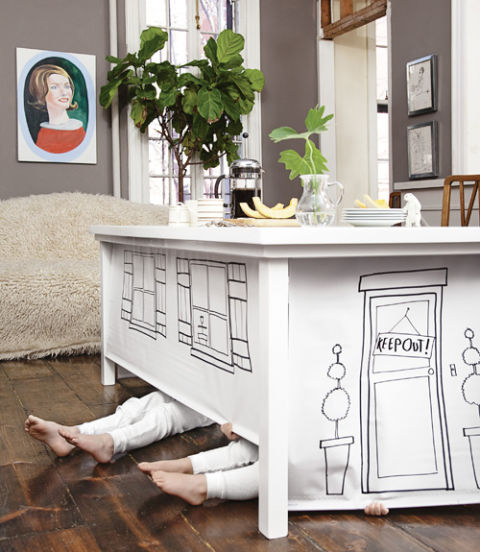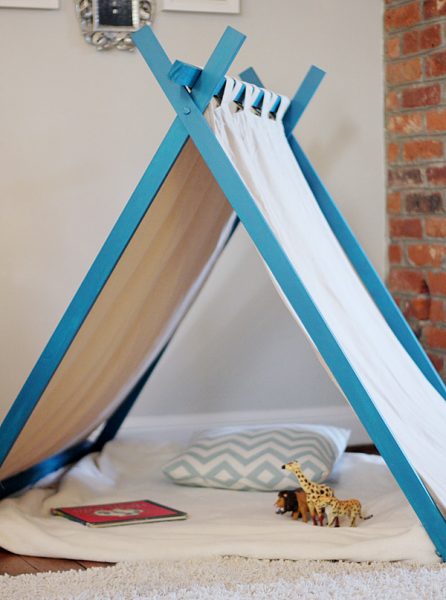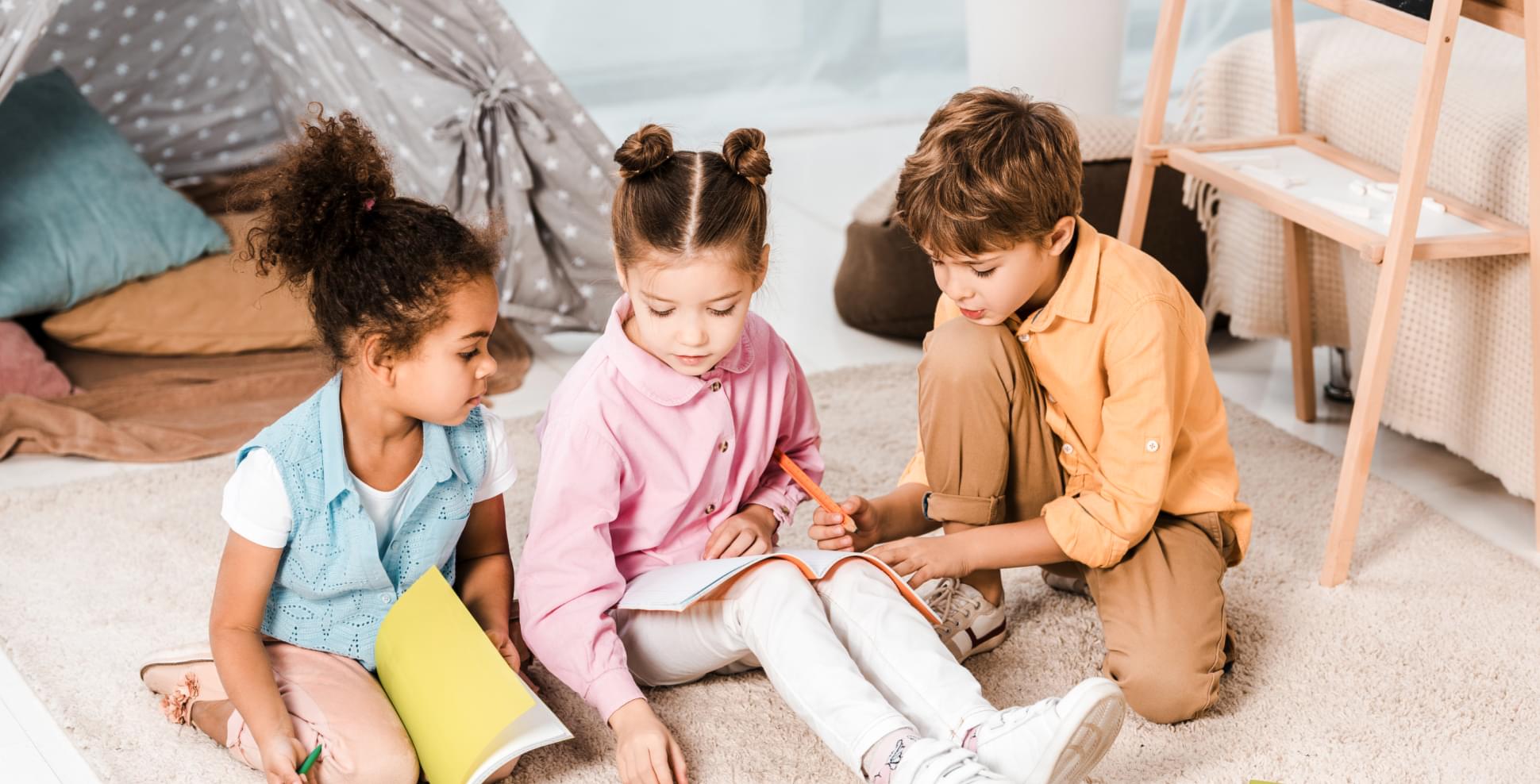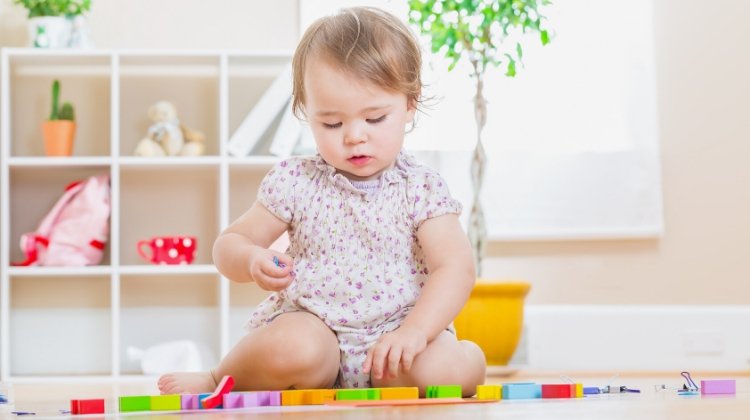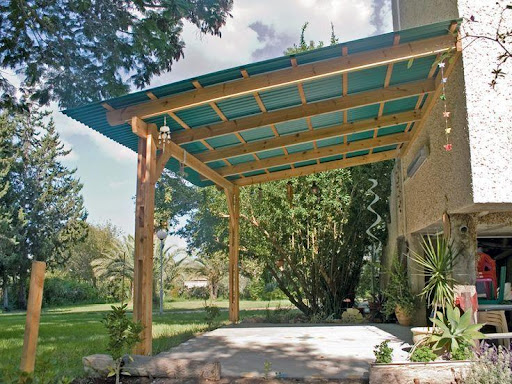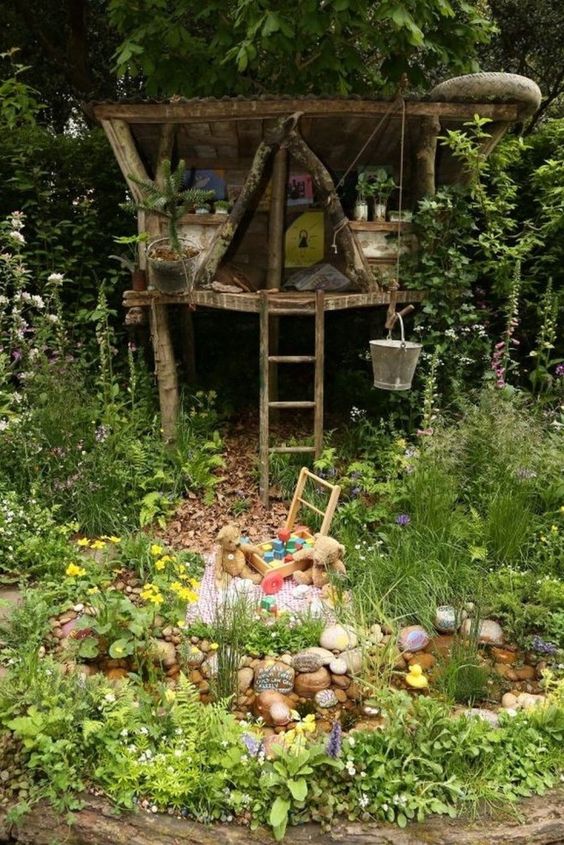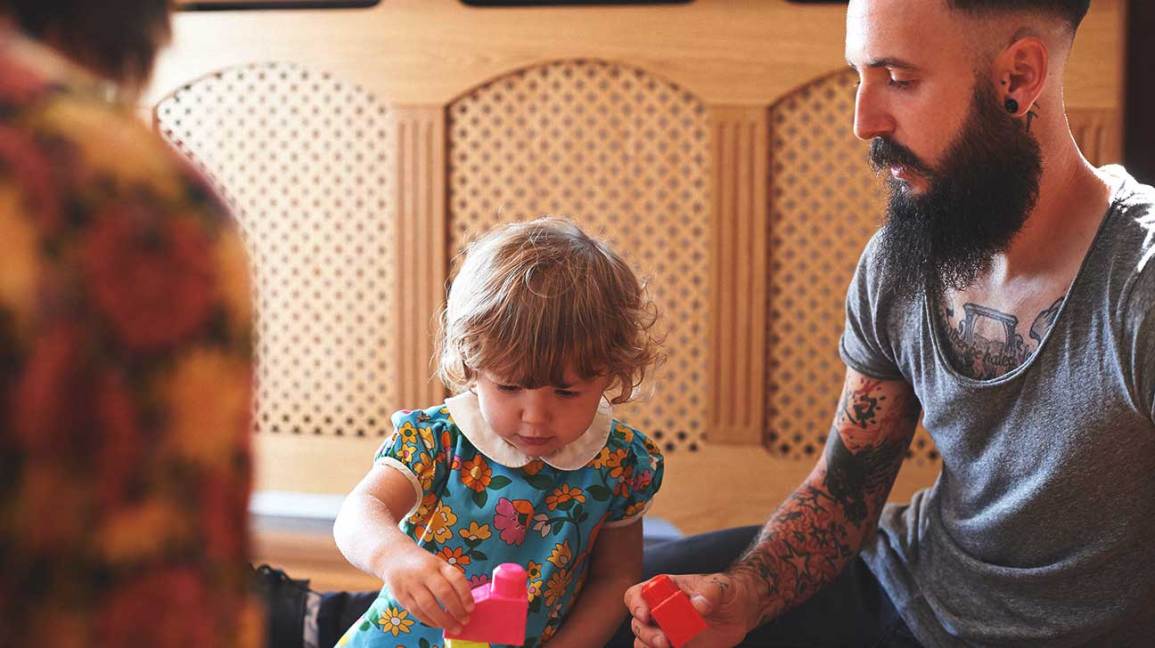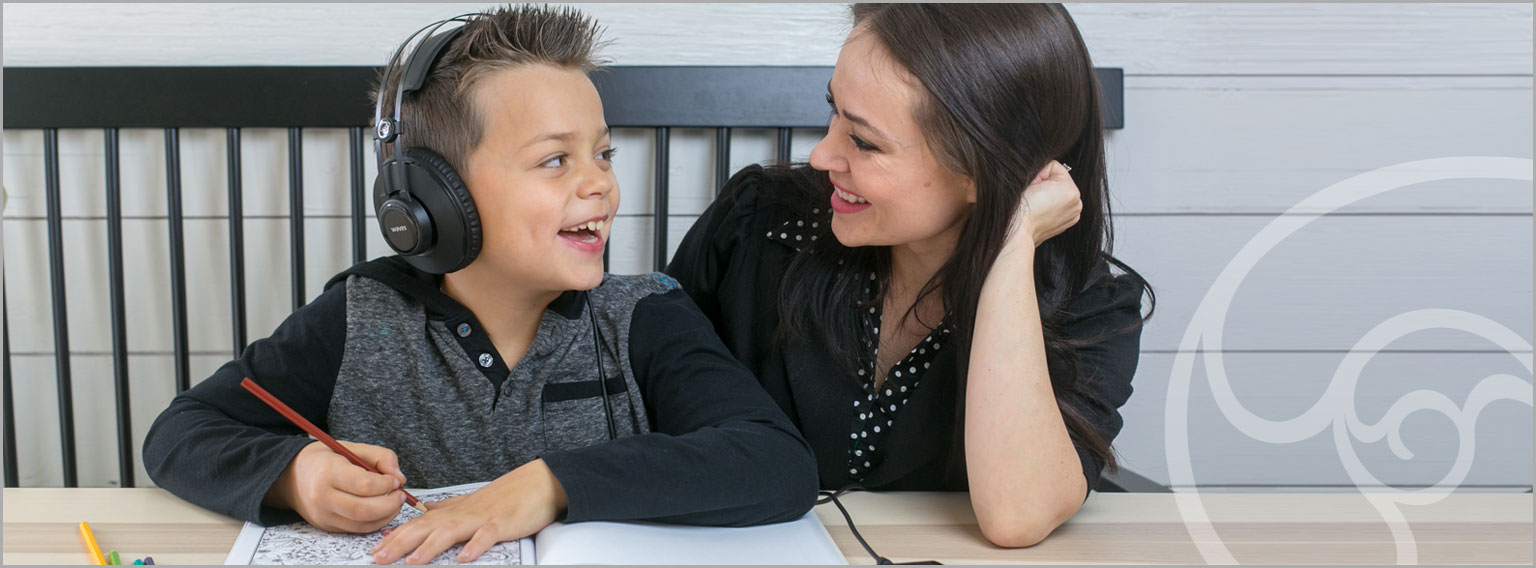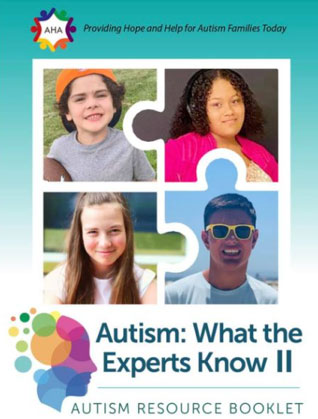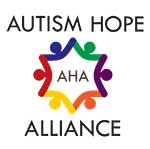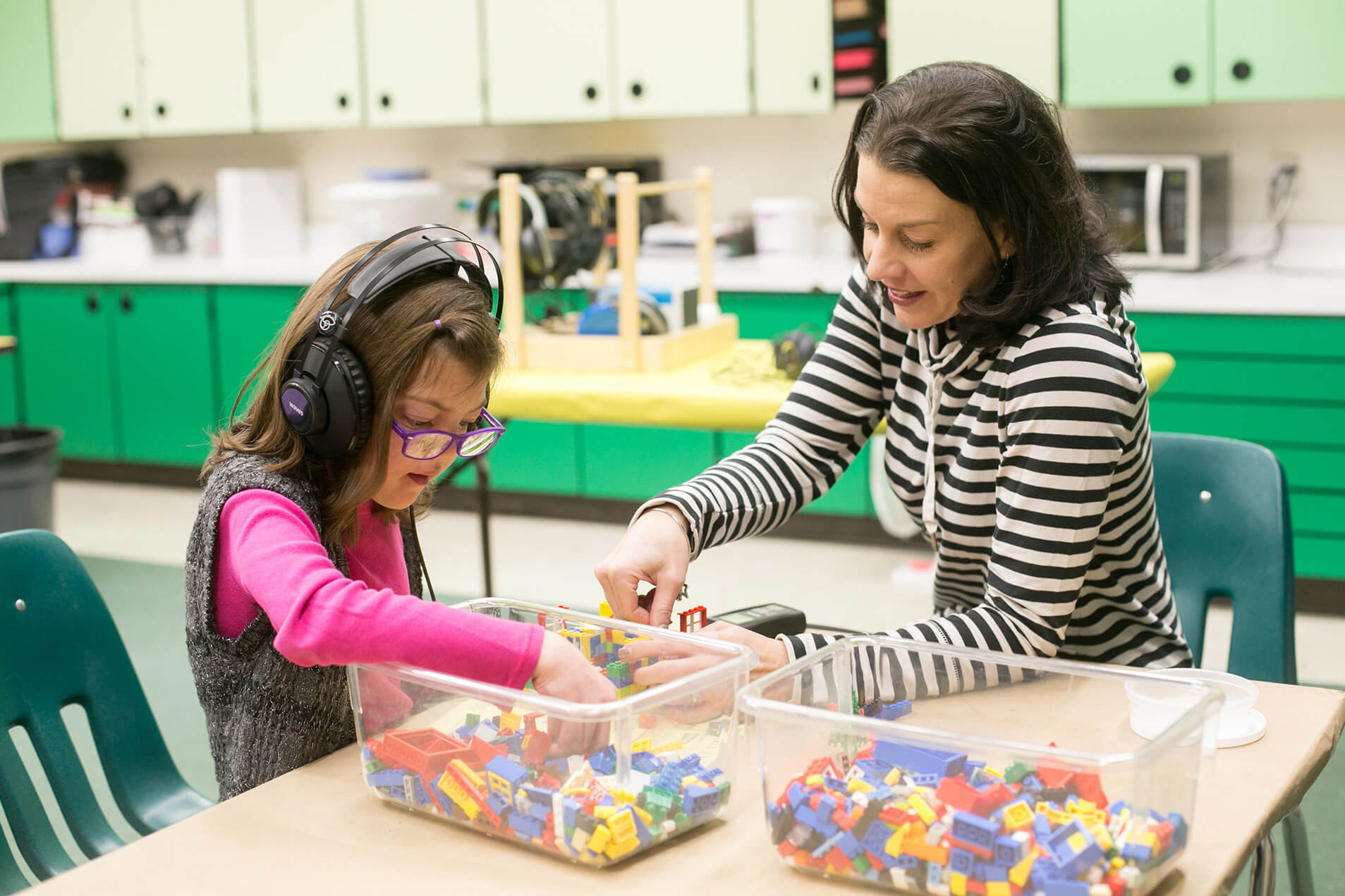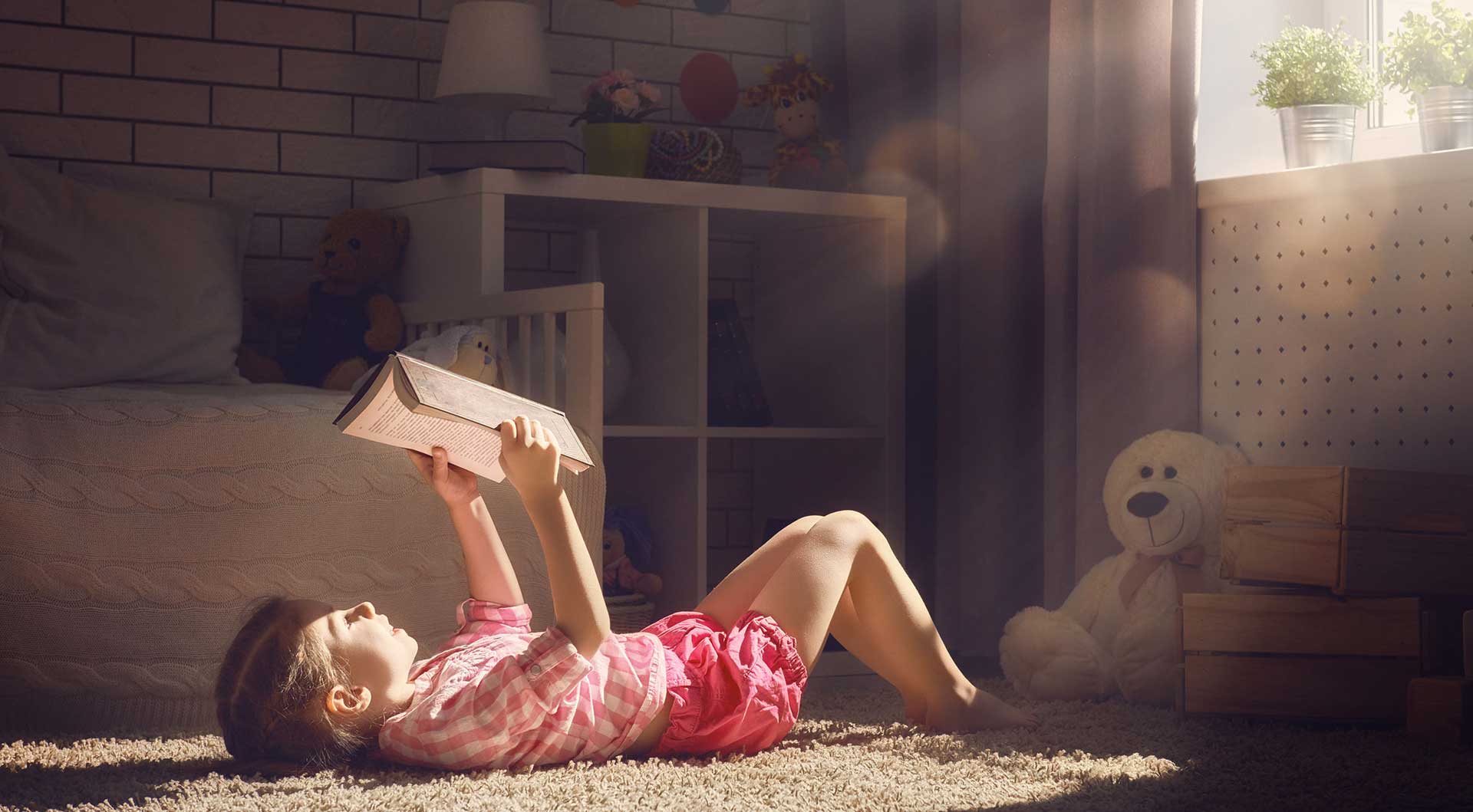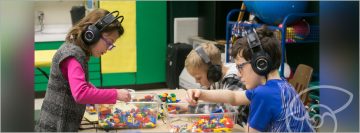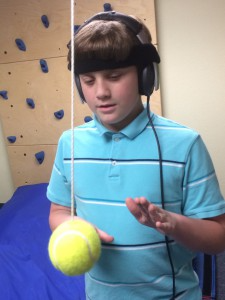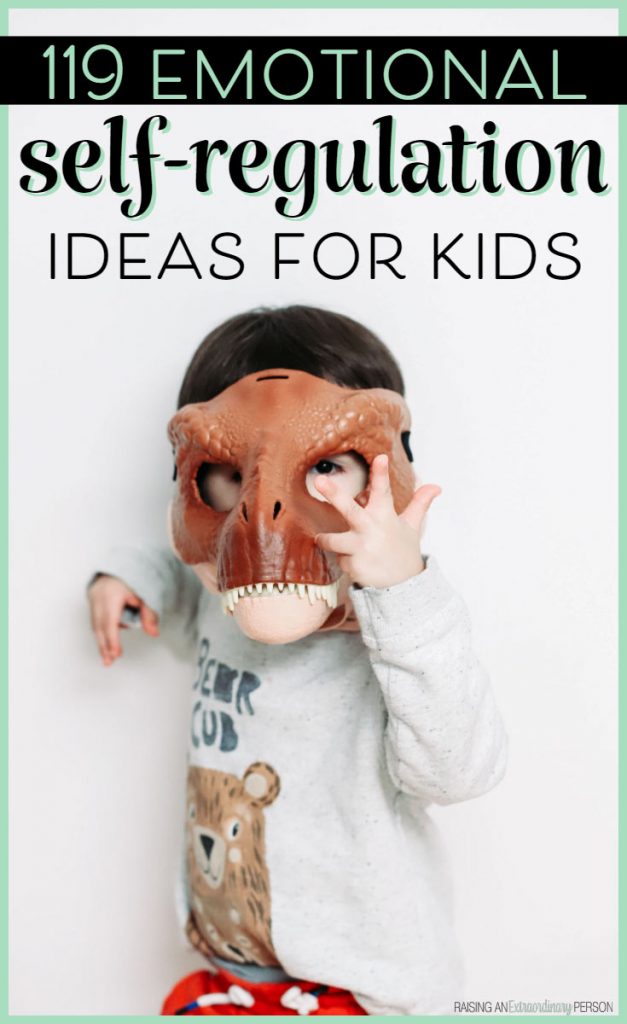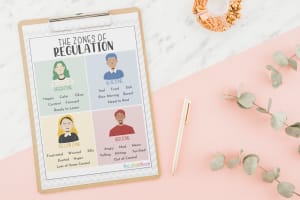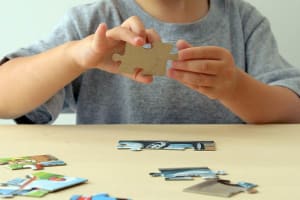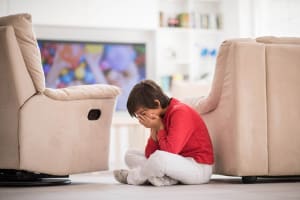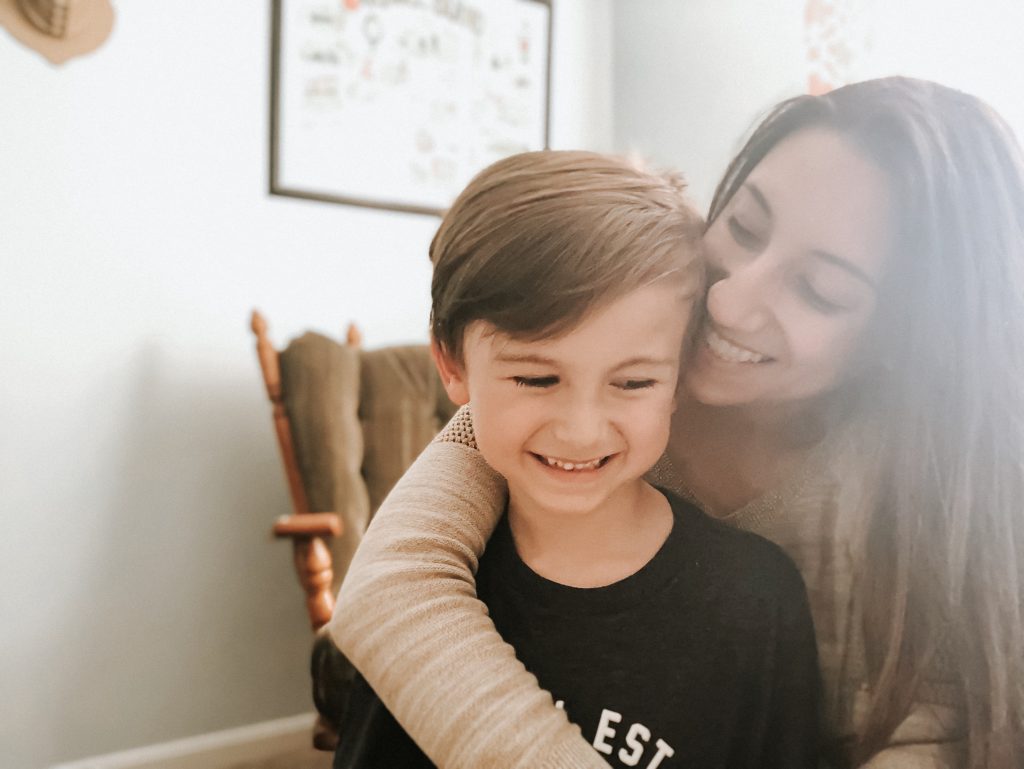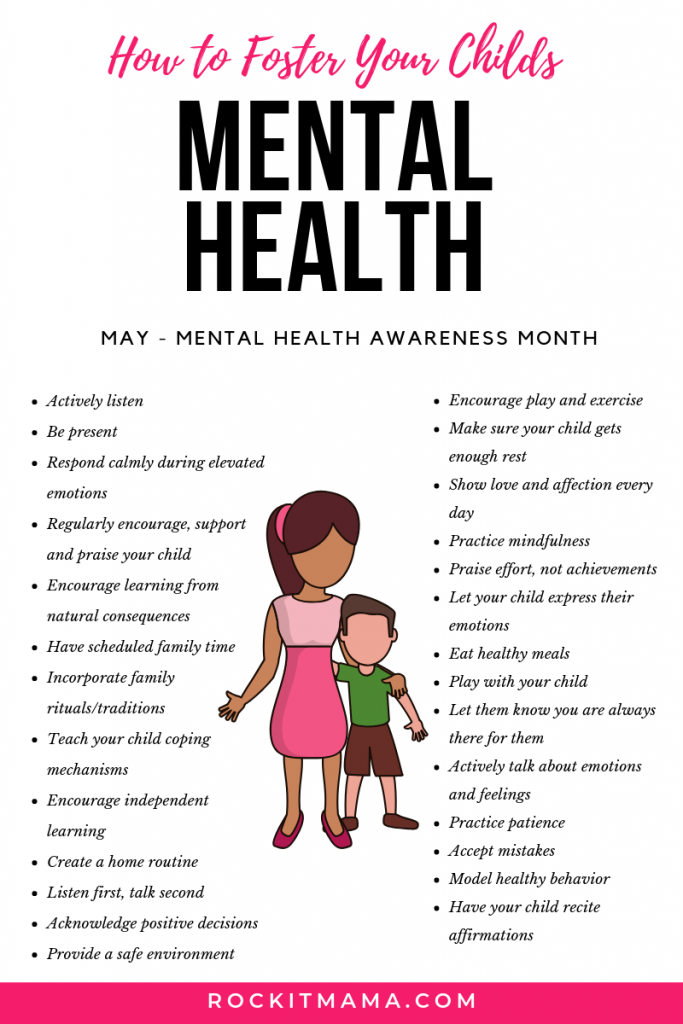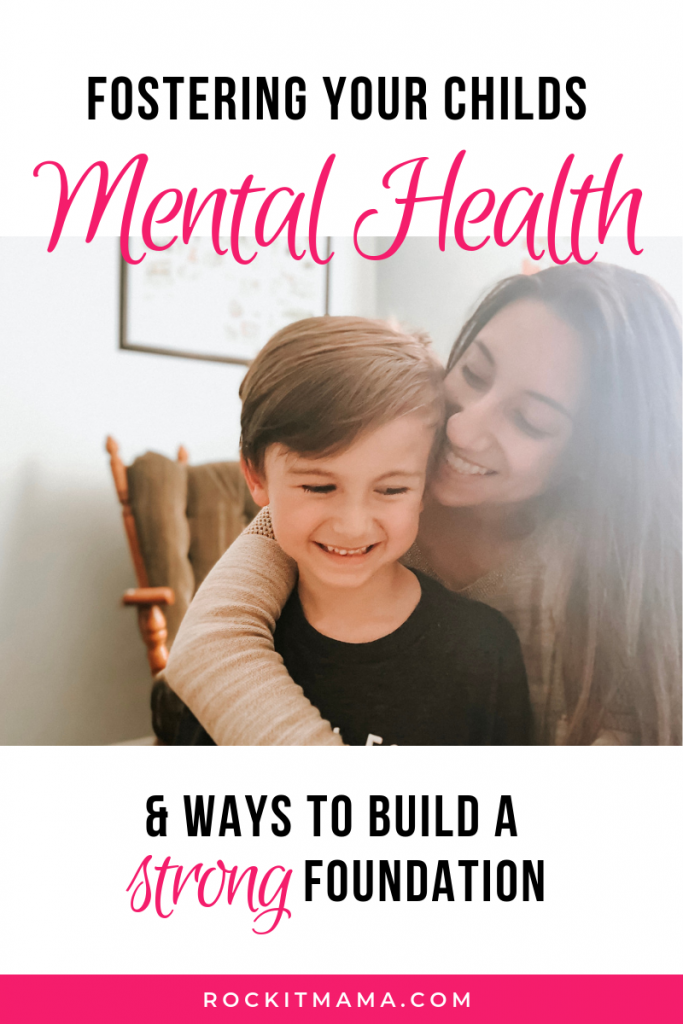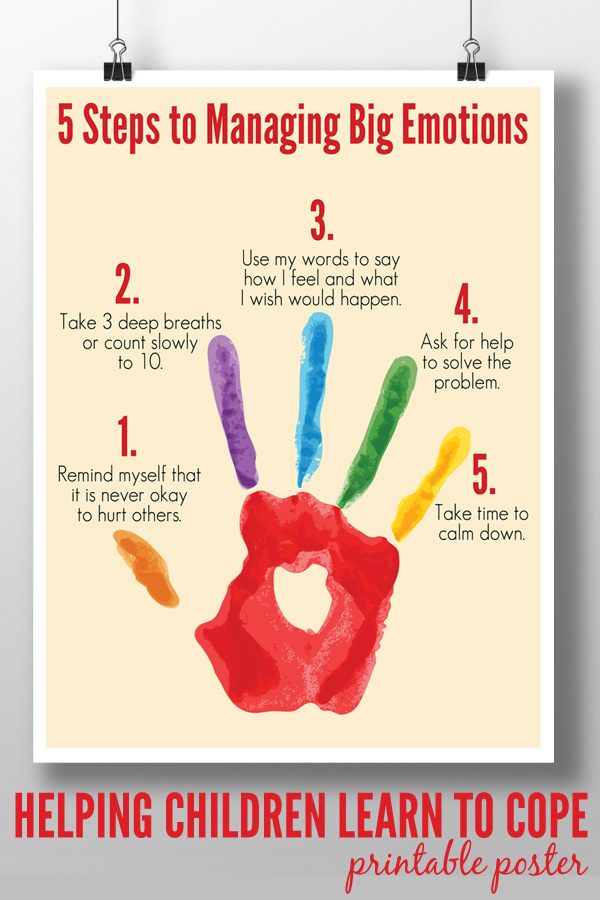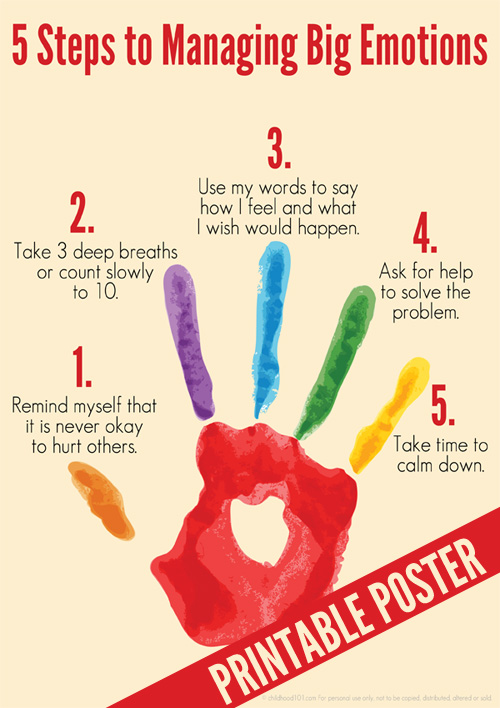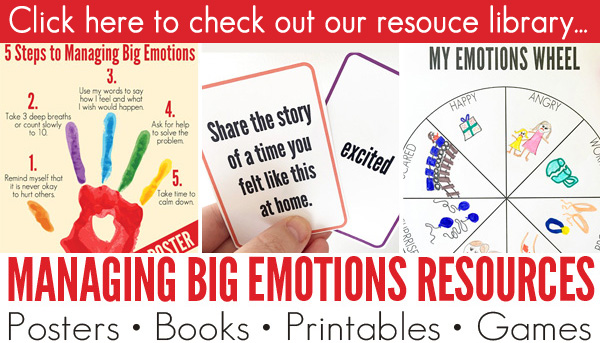An Overview of The Zones of Regulation:
Curriculum and Learning Outcomes
What’s inside this article: Of overview of The Zones of Regulation for anyone interested in learning and implementing the program. Includes tips for getting started, how the program works, curriculum and learning outcomes, and why social-emotional development is important.
The Zones of Regulation is a complete social-emotional learning curriculum, created to teach children self-regulation and emotional control.
It’s often taught in school or therapy settings but parents can use and teach The Zones of Regulation at home, too. Implementing strategies across different environments increases the success of the program.
The Zones of Regulation: Overview
Leah Kuypers created The Zones of Regulation in 2011. She and her team provide training and resources for schools and individuals looking to use the Zones Framework with children.
This article is an overview of the program. It covers a brief explanation of what the Zones of Regulation are, how they’re taught to children, and how you can begin using the concepts.
It does not serve as a replacement for the official Zones Framework, this is just a starting point for people who want to learn more.
SubscribeReceive occasional e-mails about new blog posts, printables & other digital products. Unsubscribe at anytime.SUBSCRIBEI consent to receiving emails and personalized ads.
This article also links to teaching materials you can use including worksheets and interactive activities to support learning.
What Does The Zones of Regulation Teach Children?
This program teaches a variety of social-emotional skills to children, starting with early emotional skills and advancing on to self-regulation and navigating social situations..
Here are some skills taught covered in The Zones of Regulation:
Identifying your emotions by categorizing feelings into four zones (more on this below)
Self-regulation: Achieving the preferred state of alertness (zone) for a situation. This is all about regulating your body and emotional regulation.
Identifying triggers: Learning what makes you “tick” and why
Coping strategies: Various techniques and strategies that help achieve emotional regulation and manage strong emotions
Size of the problem: Introduces the idea that the size of your reaction should match the size of your problem, how to identify the size of your problem, and strategies for problem-solving.
Expected behavior vs unexpected behavior: This also covers perspective taking and how your behavior affects the thoughts and feelings of the people around you
What Are The Zones Colors & Their Meanings?
The Zones of Regulation uses four colors to help children self-identify how they’re feeling and categorize it based on color.
The curriculum also helps children better understand their emotions, sensory needs, and thinking patterns.
They learn different strategies to help them cope and manage their emotions based on which color zone they’re in.
Additionally, the Zones of Regulation helps kids recognize their own triggers, learn to read facial expressions, develop problem-solving skills, and become more attuned to how their actions affect other people (Kuypers, L.M, 2011).
The Green Zone
The Green Zone means you’re feeling calm and alert, or “just right”.
Being in the green zone means you are calm, focused, happy, relaxed, or ready to learn. This is predominantly the state you want your child to be in. Although, the yellow zone is okay sometimes, too. And, you’ll learn, that there are times when the other zones are expected.
Usually, teachers want their students in the Green Zone in the classroom, so they’re ready to learn.
The Yellow Zone
The yellow zone describes when you have a heightened sense of alertness. This isn’t always a bad thing, and you still have some control of your actions when you’re in the yellow zone.
Being in the yellow means you may feel frustrated, anxious, or nervous. But, it could also mean you’re feeling excited, silly, or hyper – which is okay in the right situations.
The Red Zone
The red zone describes an extremely heightened state of intense emotions. When a person reaches the red zone, they’re no longer able to control their emotions or reactions.
This is the zone kids are in during meltdowns.
Being in the red zone means you’re out of control. You could be feeling many things, such as, anger, rage, terror, or complete devastation.
The Blue Zone
The blue zone, on the other hand, is used when a person is feeling low states of alertness or arousal.
When you’re in the blue zone you may be feeling down – sad, sick, tired, or bored. You’re still in control, as you are in the yellow zone, but with low energy emotions.
The Four Zones of Regulation and a short list of emotions that fit into each of the zones.
Teaching the Zones of Regulation
First of all, you can purchase the entire Zones curriculum online from Social Thinking.
But, if you’re a parent, there are lots of ways you can help your child learn the Zones at home without using or purchasing the entire curriculum.
The articles below offer many resources to help you get started:
14 Zones of Regulation Activities and Printables
Various Zones of Regulation activities and printable worksheets, which can be used by counselors, teachers, or parents, as supplemental activities for teaching and reinforcing concepts from The Zones of Regulation curriculum.
22 Page Free Zones Printable Bundle
A bundle of free Zones of Regulation printables that you can download as a package and use as a supplement to the Zones of Regulation curriculum.
Free Zones of Regulation Webinar
You can sign up and watch a free webinar where the Zones of Regulation creator, Leah Kuypers, talks about:
Interoception and helping students manage the zone they’re in
Common mistakes made when teaching the Zones
Introduction of a new teaching tool, Navigating the Zones!
What Zones users around the world have taught Leah`
Zones of Regulation Apps
There are also two Zones of Regulation Apps available from the Amazon app store. Unfortunately, these apps aren’t free. However, they are low-cost.
The Zones of Regulation (Awarded the Mom’s Choice Award)
Teaching Kids to Identifying Zones
The first step to teaching the Zones of Regulation is teaching your child what the four zones are, and which emotions fall into each zone. Luckily, there are many resources available to help you.
It’s necessary that your child is able to accurately identify which emotions belong in which zone. This is the first step to their success.
You’ll achieve this through practicing with your child, talking about The Zones frequently, and helping them identify which zone they’re in.
Zones of Regulation Bingo – Use these free Zones bingo sheets but instead of playing a traditional Bingo game, try this: Get kids to use red, green. blue, and yellow bingo chips to mark which zone each of the feelings belongs to.
Books about Feelings – Read different books about feelings to your child and actively refer to which zone the feelings in the book belong to.
Match TV characters to Zones – When you’re watching TV with your child, ask them to identify which zone their favorite characters are in throughout the show. This is a great way to turn your child’s screen time into a learning experience. It also reinforces to your child that the zones can be found everywhere.
Body Check Activity – Use this activity to help your child identify how they experience different emotions. Talk about which zone these different feelings are in.
Snuggle Buddies – These Snuggle Buddies are from Generation Mindful, and they are perfect for children who are learning the Zones. The pocket in the back of the snuggle buddy has four colored emojis – blue, green, yellow, and red. All of my kids use these.
Strategies for Getting Back to “The Green Zone”
Along with being able to identify the zones and know what zone they’re in, your child also needs to know strategies to help them get back to the green zone.
Practicing co-regulation and self-regulation strategies while your child is in the green zone will help them learn the best ways to get back there during times when they’re feeling stressed, frustrated, sad, etc.
These Resources Can Help With Self-Regulation Strategies:
The Importance of Recognizing Emotions
It’s critically important for children to learn how to recognize their emotions. But, sometimes it’s difficult for parents to see that their child is struggling with this skill.
Think about this:
Let’s say your child recognizes they’re angry because whenever they get mad, their heart races. So – they feel their heart race and the result is an angry outburst. Red zone.
BUT – Fear ALSO causes our hearts to race. If your child isn’t able to recognize the other sensations that happen when they’re both afraid and angry, then they’ll react angrily when they’re actually scared. Then, they won’t understand what’s happening or how to regulate that emotion.
The Zones of Regulation help children learn all of the physiological sensations they feel in response to different emotions. Ultimately, this helps kids regulate those feelings and respond to situations in an expected way.
When kids fully understand what they’re feeling, they can make sense of, and regulate their emotions much better.
Common Questions
What age is The Zones of Regulation for?
The lessons are designed for all ages, starting with preschool, for children without developmental delays. However, when working with young children, I often find they need a lot of repetition to solidify the early concepts, and the more advanced concepts aren’t developmentally appropriate.
Usually, children around 7 or 8 years old start to grasp the concepts better and the Zones also help older children and even adults.
Is Zones of Regulation an Evidence-Based Strategy?
The zones of regulation is currently a practice-based framework, based on evidence-based strategies.
Before something is considered evidence-based, it must undergo a minimum number of peer-reviewed studies.
Because the Zones of Regulation is used widely across schools in the US and internationally, there are many research projects being conducted and/or awaiting peer review. However, this is a process that can take a significant amount of time.
Do the Zones of Regulation Work?
When taught and implemented consistently and in a developmentally appropriate way, the Zones of Regulation helps children understand and regulate their emotions.
To increase success, provide numerous opportunities for children to practice these skills over a range of environments. It’s helpful if parents, educators, and other caregivers use similar language when talking about their emotions, as well as provide visual support such as posters.
Spread the love Recommended
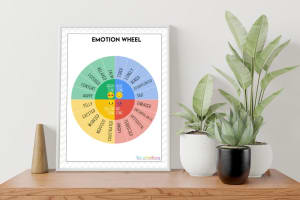
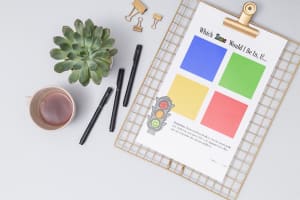
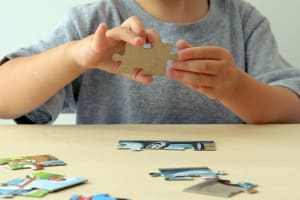
Posted onLast updated: October 20, 2022
Categories Self-Regulation, Social-Emotional Learning, Zones of Regulation
Post navigation
This Christmas, Build Empathy & Gratitude with Kindness ElvesZones of Regulation Activities and Printables
Free Zones of Regulation Printables
What’s inside this article: A bundle of free zones of regulation printables that you can download and use as a supplement to the Zones of Regulation curriculum.
I’ve put together a 22-page bundle of free Zones of Regulation printables that you’re free to use as a supplement to your Zones of Regulation curriculum.
If you’re a parent whose unfamiliar with The Zones, read this overview for parents.
You can find additional Zones of Regulation activities here.
The key to successfully teaching the Zones of Regulation is to spend lots of time solidifying the Zones concepts through repetition and play-based learning activities.
There are a few main components to the Zones that your child should learn sequentially to be successful. These free zones of regulation printables will help your child practice these skills.
Zones of Regulation Learning Objectives:
What the four zones are and which emotions belong to each zone.
How to identify which zone you are in
What triggers are cause you to move out of the green zone.
How to recognize what zone others are in
Strategies to move back to the green zone from yellow, blue, or red
Expected behavior vs unexpected behavior
Size of the problem
How your actions affect what zone other people are in (comfortable and uncomfortable thoughts)
Free Zones of Regulation Printables
Here are some samples of what’s included in the free printable Zones download. Note: you can download the file at the bottom of this post.
The Four Zones:
Shows the four different zones and which emotions fall into which zone.
What The Zones Look Like
This page has some simple statements that describe what people look like when they’re in each of the four zones. The bottom has a list of coping strategies for different zones and children can color them in.
Zones Emotion Wheel
This emotion wheel is based on Plutchik’s Emotion Wheel and modified to use as a learning tool when teaching the zones of regulation. You can find some activities that incorporate this emotion wheel here.
Name One Thing…
For this activity, children fill in the blanks to name one thing that makes them feel various emotions. Once completed, ask them what zone each emotion is in, and what strategies could they use?
What Zone Are They In?
Cut out the different cartoon characters faces and have your kids sort them based on what zone it looks like they’re in. You can do this together and talk about what emotions you think they’re feel.
What Zone Would You Be In If…?
This activity has several situation cards, cut them out and read the scenarios out loud and have your kids decide which Zone they’d be in if they were in that situation. You can take this a step farther and ask them if they think their zone would be expected or unexpected (if you’ve covered that part of the curriculum).
Size of The Problem Printable
This free Zones of Regulation printable helps children to understand and identify the size of the problem. It provides some examples for each sized problem, and the colored circles on the side indicate which zone(s) someone would be in when they have each size problem.
Size of The Problem Matching Activity
Cut out the different scenario cards and sort them on the second page based on how big each problem is.
Draw a Face Activities
One version of this activity instructs children to draw a face for each of the four zones, the other version asked them to draw specific emotions for each zone – happy, angry, silly, and tired.
Download the Free Zones of Regulation Printables
You can download these printable activities for free using the button below. Note: Some of these activities are available individually on the downloads page, some are exclusive to this free printable bundle.
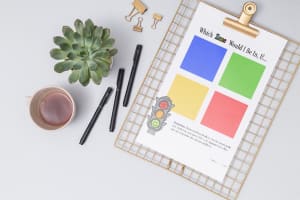
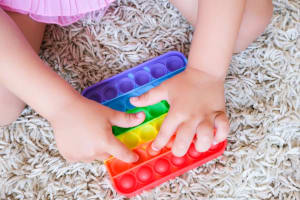
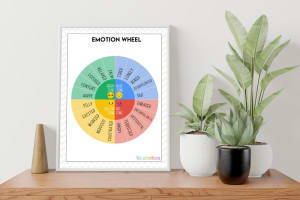
How to Use Emotion Coaching to Teach Children Self-Regulation

